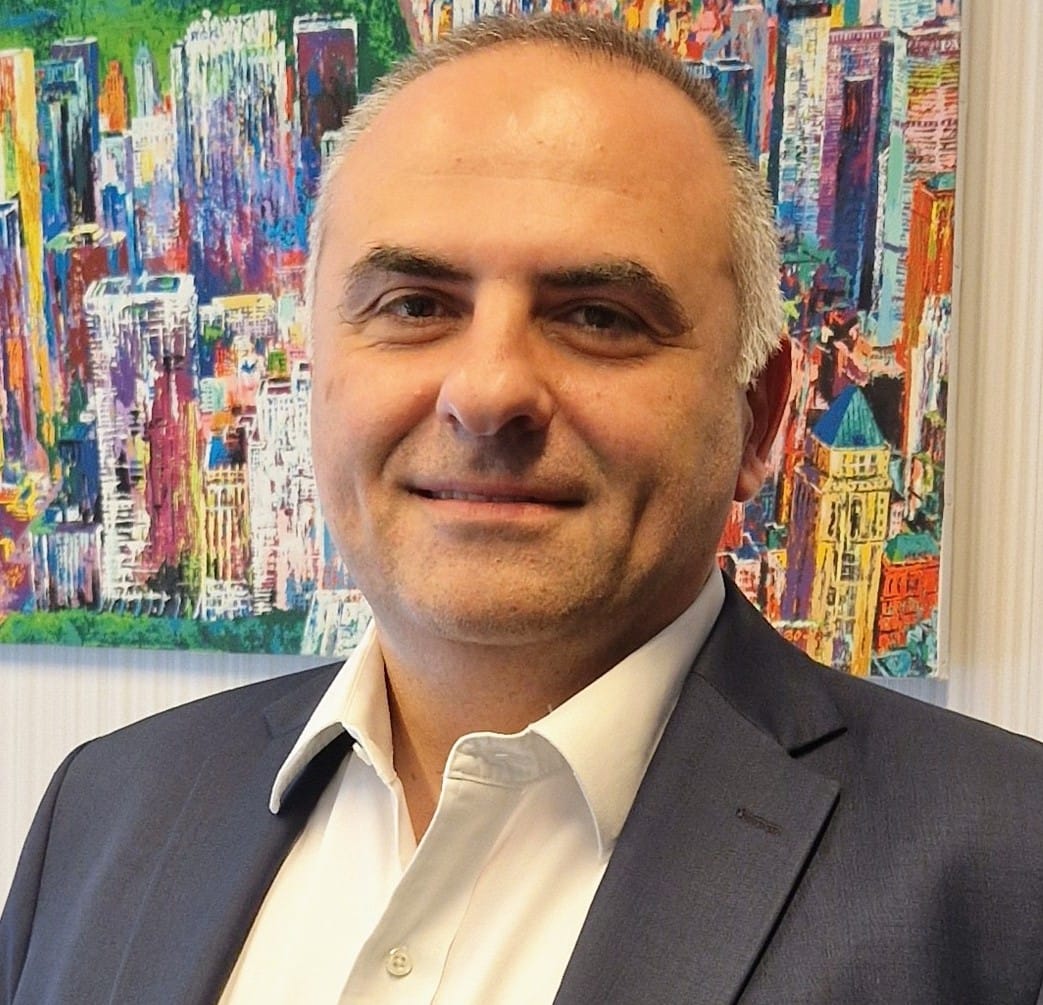RIYADH: Gulf Cooperation Council central banks have held interest rates steady for the seventh consecutive period, aligning with the US Federal Reserve’s benchmark rate of 5.25 to 5.50 percent.
Since most regional currencies are pegged to the US dollar, monetary policies in the Gulf follow decisions made in Washington, leading policymakers to keep the rate unchanged since July.
The freeze comes as the US rate-setting panel outlined its view of an economy that is expected to remain virtually unchanged across its major dimensions for years.
This decision implies that the Saudi Central Bank, also known as SAMA, will maintain its repo rates at the current level of 6 percent. Moreover, the UAE central bank, along with Qatar, also mirrored the Fed’s move with their repo rates standing at 5.40 percent and 6 percent, respectively. The central banks of Kuwait, Oman, and Bahrain also followed the move accordingly.
Repo rates, which represent a form of short-term borrowing primarily involving government securities, underscore the close economic ties and financial dynamics between the GCC countries and the global economic landscape, particularly the US.
“With rates staying at high levels, Saudi Arabia mortgage rates and corporate loan borrowers are unlikely to see any relief soon. However, the strong KSA economy means bank’s asset quality will remain strong,” Chief Information Officer at Century Financial Vijay Valecha told Arab News.
“High interest rates are unlikely to hamper the economic growth due to strong performance of its non-oil economy and the funding for the mega projects by sovereign authority. Additionally, from the KSA’s perspective, the USD is likely to stay strong and this should keep the imports cheap since the Riyal is pegged to the greenback,” Valecha further added.
The CIO went on to note that with the current oil price of $80 a barrel and the anticipated interest rate cuts, Saudi Arabia, stands to benefit.
“This translates to increased government revenue for Saudi Arabia, bolsters overall economic activity, and ultimately that’s the biggest macro-economic variable from the government’s perspective,” he said.
US decision-makers noted that rates will remain unchanged until the economy signals a need for adjustment, either through a significant decline in price pressures or a rise in the unemployment rate.
“These dynamics can continue as long as they continue. We’ve got a good strong labor market. We think we’ve been making progress toward the price stability goal. We’re asking ... is our policy stance about, right? And we think yes, it’s about right,” Fed Chair Jerome Powell said, according to Reuters.
The result is that the Fed has accepted a gradual decline in inflation toward its 2 percent target. The central bank’s preferred inflation measure, the personal consumption expenditures price index, is expected to remain largely unchanged from its current level by the end of this year, with rate cuts limited to a single quarter-percentage-point reduction.
“We don’t make decisions about future meetings until we get there. Really, it’s going to be not just the inflation readings. It’s going to be the totality of the data, what’s happening in the labor market, what’s happening with the balance of risks, what’s happening with the forecasts, what’s happening with growth. You’re looking at all of that,” Powell stressed.
The latest Fed projections indicate that the economy is expected to grow at a slightly above-trend rate of 2.1 percent this year, despite a slow start in the first quarter. The unemployment rate is also projected to remain steady at its current 4 percent level throughout the year.






















